
Mount Evans is located in the Front Range region of the Rocky Mountains in Colorado, United States. It's approximately 60 miles west of Denver and can be accessed via the Mount Evans Scenic Byway, which is the highest paved road in North America.


Mount Evans has been around for much longer than any recorded history of its appearance. It's a natural feature formed over millions of years through geological processes. However, in terms of recorded history, it has been known to indigenous peoples for centuries. European explorers and settlers likely encountered it in the 19th century as they expanded into the western United States.

Mount Evans wasn't "invented" by any individual or group. It's a natural geological formation that was shaped over millions of years through processes like tectonic movement, erosion, and glaciation. It was named after John Evans, the second governor of the Colorado Territory, by the botanist and explorer Edwin James in 1820. But the mountain itself was not created or invented by any person or entity.

Mount Evans was named after John Evans, who was the second governor of the Colorado Territory from 1862 to 1865. The mountain was named in honor of him by the botanist and explorer Edwin James during his exploration of the region in 1820. The name "Mount Evans" has persisted since then, becoming the official name for this prominent peak in the Front Range of the Rocky Mountains.

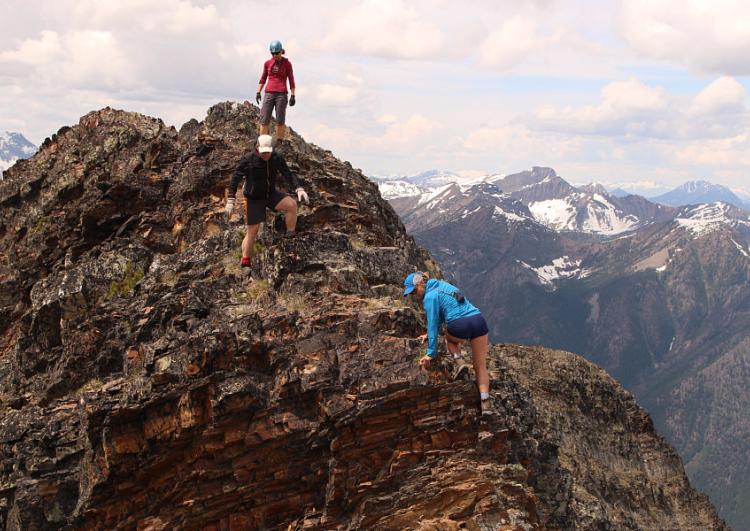


Mount Evans is a popular destination for hiking enthusiasts for several reasons:
1. **Scenic Beauty**: The area around Mount Evans offers stunning natural scenery, including alpine lakes, lush forests, and panoramic views of the Rocky Mountains. Hikers can enjoy breathtaking vistas throughout their journey.
2. **Variety of Trails**: There are numerous hiking trails of varying difficulty levels around Mount Evans, catering to hikers of all skill levels. Whether you're a beginner looking for a leisurely stroll or an experienced hiker seeking a challenging ascent, there's a trail for you.
3. **High Altitude**: At an elevation of over 14,000 feet (4,267 meters), Mount Evans provides a unique high-altitude hiking experience. Hikers can challenge themselves physically and mentally while enjoying the thinner air and spectacular views from the summit.
4. **Wildlife Viewing**: Mount Evans and its surrounding wilderness are home to a diverse array of wildlife, including marmots, mountain goats, bighorn sheep, and various bird species. Hikers may have the opportunity to observe these animals in their natural habitat along the trails.
5. **Accessibility**: The Mount Evans Scenic Byway provides easy access to the mountain, allowing hikers to reach higher elevations without the need for extensive trekking. This accessibility makes Mount Evans a popular destination for day hikes and weekend getaways.
Overall, Mount Evans offers a rewarding hiking experience amidst breathtaking natural beauty, making it a favorite destination for outdoor enthusiasts.
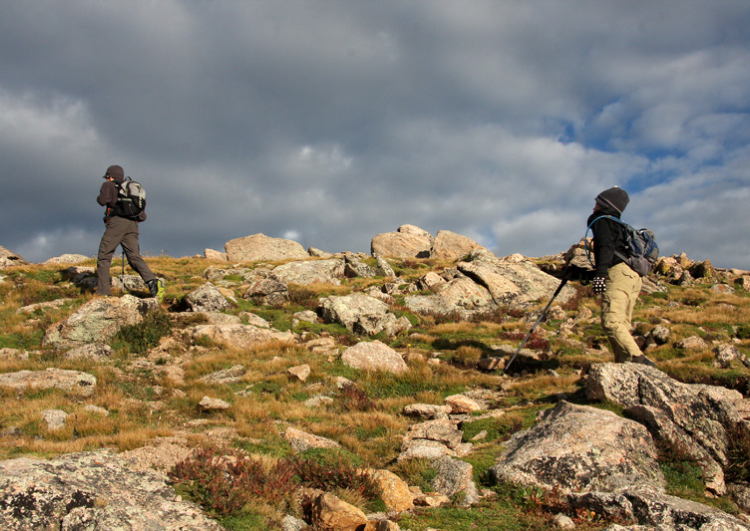


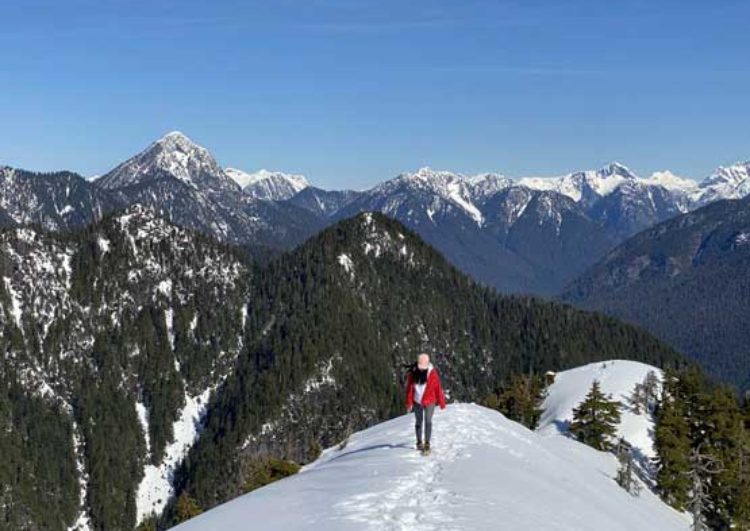
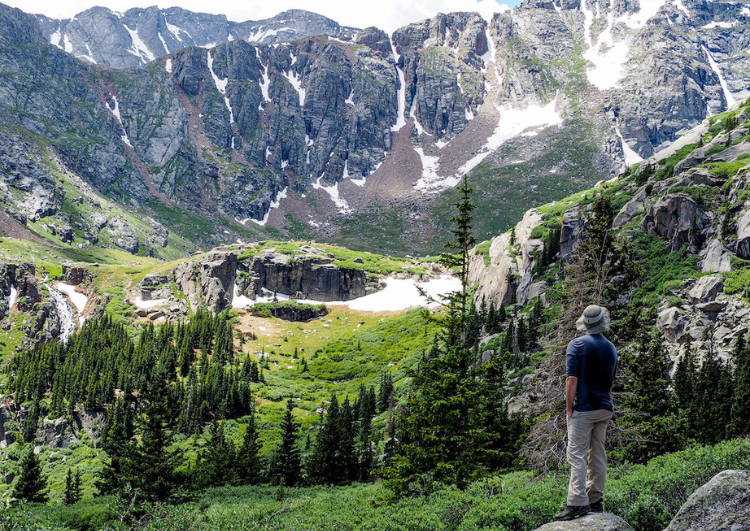
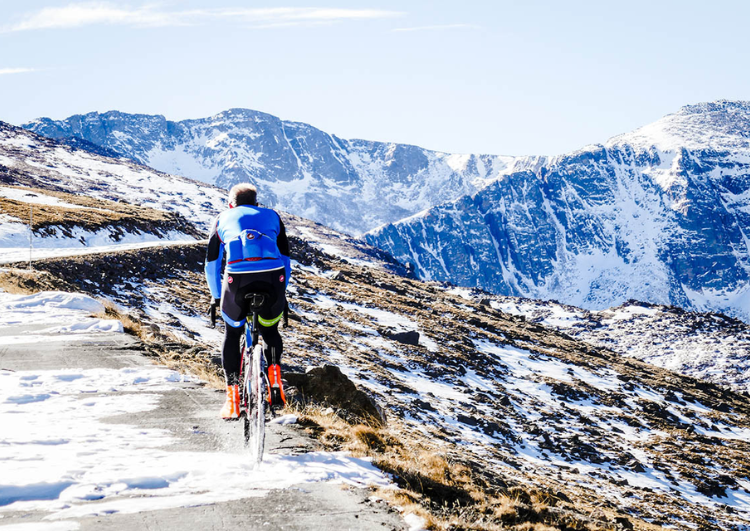

While Mount Evans offers fantastic hiking opportunities, the best time for hiking can vary depending on the season and weather conditions:
1. **Summer (June to August)**: Summer is the most popular time for hiking on Mount Evans. The weather is generally warm, and most trails are snow-free, making them easily accessible. However, afternoon thunderstorms are common in the Rocky Mountains during summer, so it's essential to start your hikes early in the day and be prepared for changing weather conditions.
2. **Fall (September to November)**: Fall brings cooler temperatures and stunning foliage as the aspen trees change color. Hiking during this time can be a beautiful experience, but it's essential to keep an eye on the weather, as snowstorms can occur, especially at higher elevations later in the season.
3. **Spring (March to May)**: Spring can be a tricky time for hiking on Mount Evans, as snowmelt can create muddy and slippery trail conditions. Additionally, some trails may still be snow-covered or impassable due to lingering winter conditions. It's essential to check trail conditions and be prepared for variable weather during spring hikes.
4. **Winter (December to February)**: Winter hiking on Mount Evans is possible, but it requires careful planning and preparation. Many trails may be snow-covered and icy, requiring traction devices like crampons or snowshoes. Avalanches and extreme cold temperatures are also concerns during winter hikes.
Regardless of the season, it's crucial to check weather forecasts, trail conditions, and any closures or restrictions before embarking on a hike on Mount Evans. Additionally, hikers should be adequately prepared with appropriate clothing, gear, food, and water, as well as knowledge of wilderness safety and navigation techniques.